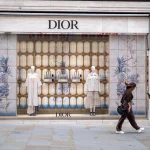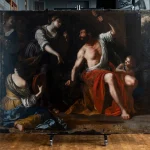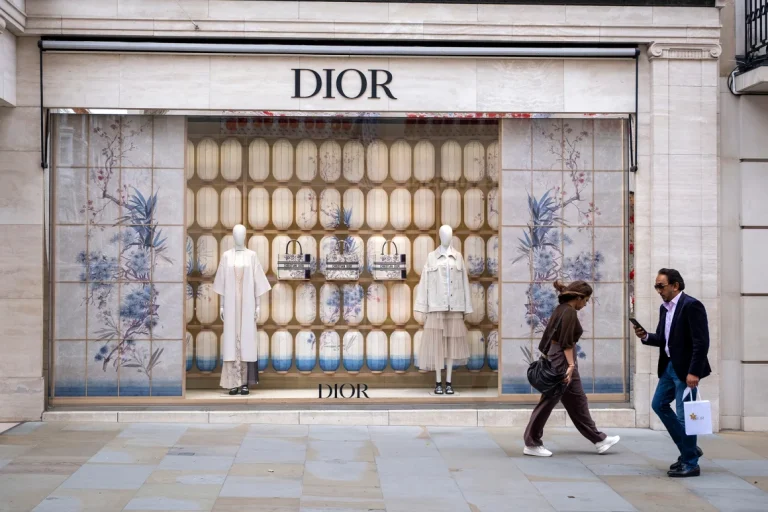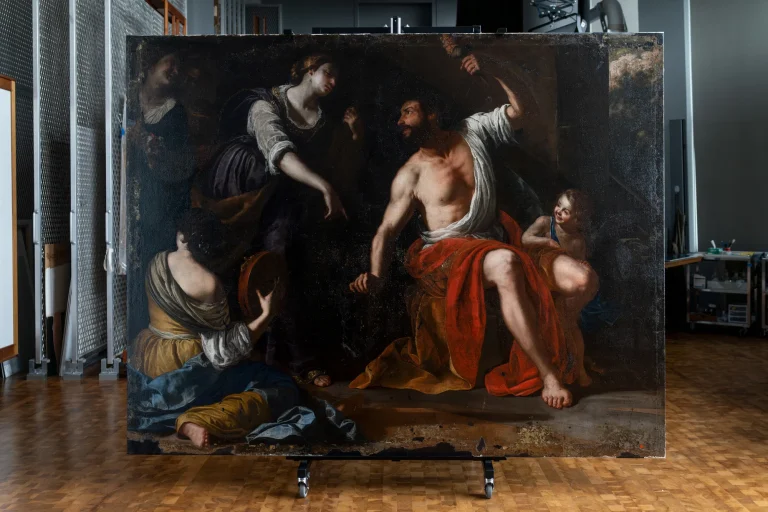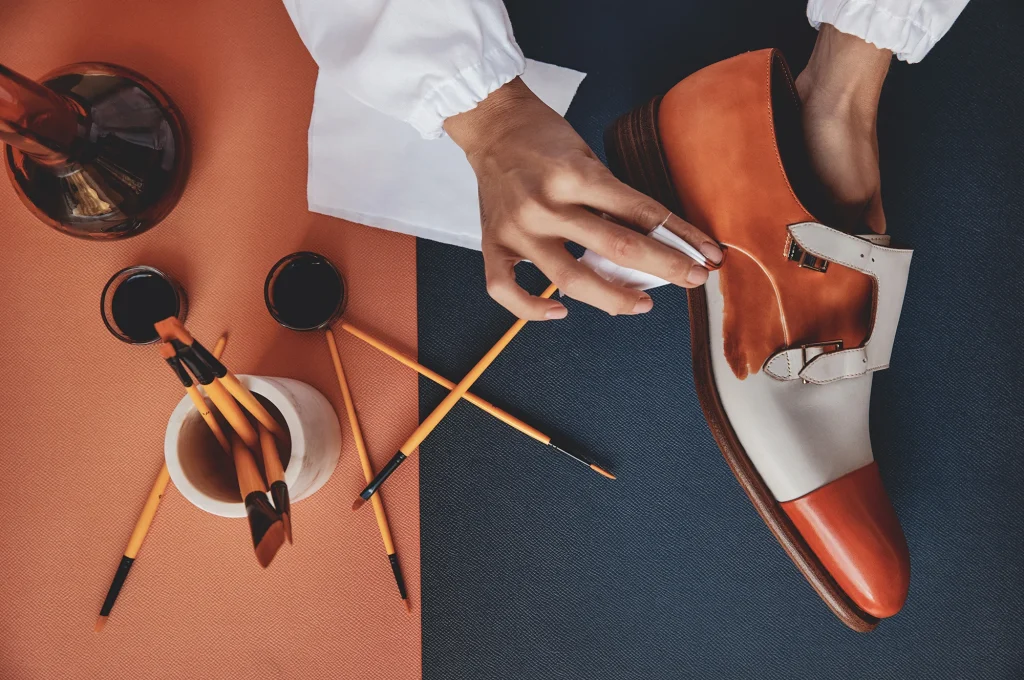
More than ever, high-end brands want you to know exactly how, and where, their goods are made. They are producing enormous glossy coffee table books showing white-coated workers hand-stitching products in glamorous workshops, and creating marketing campaigns emphasizing the exquisite materials and dedicated handiwork that go into the making of their very, very expensive products.
These companies are trying to explain the value of their creations to consumers because their profits are slowing, even as their prices are increasing. While the personal luxury goods market was worth €363 billion (about $415 billion) in 2024, up from €223 billion ($242 billion) a decade prior, according to the global management consultancy Bain, the sector has been struggling with some of its slowest growth in years.
Luxury companies began to charge more during the pandemic as greater personal savings and financial stimulus led shoppers to spend heavily on high-end products. Now, luxury prices in Europe are at least 52% higher than they were in 2019, according to HSBC.
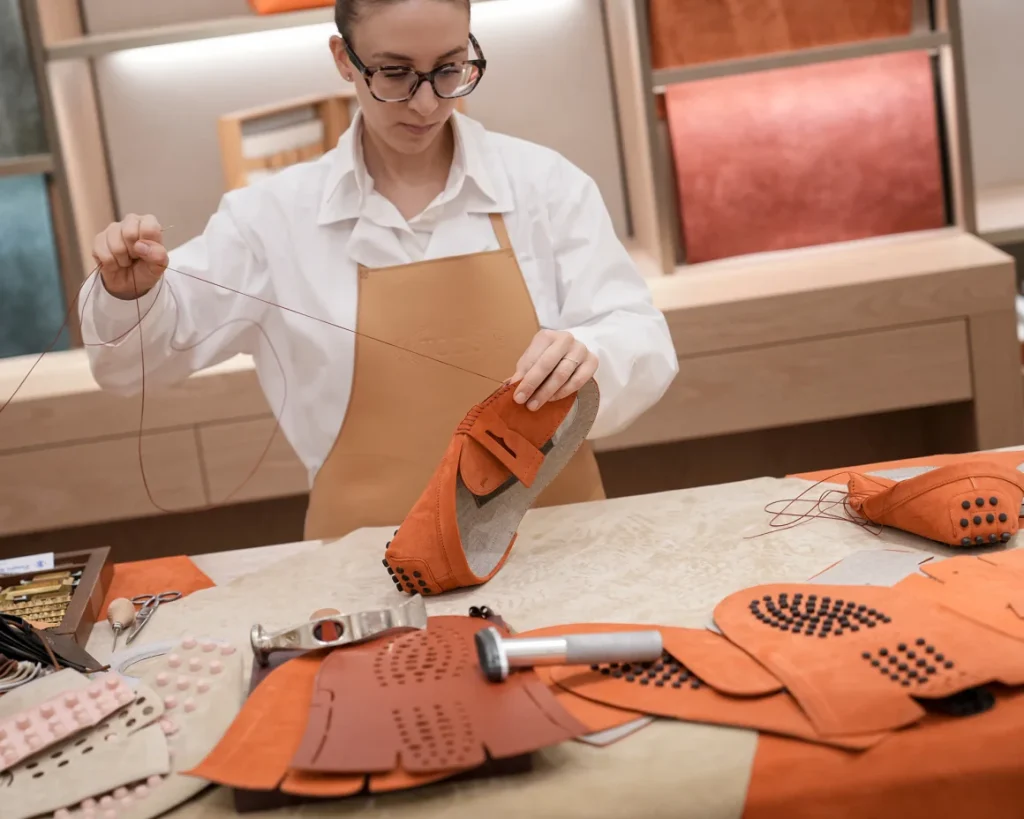
Prices are now testing even the most ardent of luxury supporters. “I mean, it’s outrageous,” David Fischer, founder and CEO of the youth culture platform Highsnobiety, told CNN over a call. “For the most part, it’s not that their quality has gotten 52% better. The prices have gone up tremendously, yet the quality hasn’t.”
“Some of these price tags are just wild,” is one typical comment on the Reddit forum called Handbags. “I get that you’re paying for the brand name, but when it comes to actual quality, it feels like we’re getting ripped off sometimes.”
Sharp markups seem to have subsequently impacted sales, with several companies reporting disappointing numbers. Chanel, for example, saw its operating profit fall 30% to $4.48 billion in 2024 — and while the brand typically increases prices twice yearly, it won’t this year.
“I think people are now waking up and saying, ‘well, I’m not really willing to spend that much money on something that doesn’t hold value,’” said Fischer.
What makes a product luxurious?
What constitutes a luxury product is also broader than ever. No longer is the term confined to traditional categories such as clothing, wine and cars. In the past few years, anything with a high price point that promises quality — a $759 Le Creuset cast iron oval casserole dish, or a $1,270 Acqua di Parma jumbo candle — can also be marketed as premium. Now subdued demand for some luxury brands across all these sectors in the first quarter of 2025 is among the signs that there is a limit to how much people will spend.
That’s why brands are increasingly leaning into deeper storytelling around craftsmanship – as well as heritage and origin — to rebuild trust and re-establish an emotional connection with consumers. Just this week, Italian brand Ferragamo commissioned Volkan Yilmaz, the content creator behind the viral online persona Tanner Leatherstein, who takes apart and scrutinizes leather products from luxury brands and evaluates their worth. In a sponsored ad, Yilmaz can be seen dissecting one of Ferragamo’s top sellers, the €2,400 (about $2,783) Hug bag, and sharing his review of the product. (Yilmaz gave the handbag top marks across craftsmanship, before going on to add: “The Italian government should set this bag as a benchmark for the ‘Made in Italy’ label requirement.”)
The appeal is obvious. The “emotional factor of being part of a brand” is not to be overlooked, said Gab Waller, a personal shopper with high-profile clients such as Hailey Bieber and Sofia Richie Grainge. Over a call, Waller pointed to the popularity of Prada’s sister label Miu Miu — whose retail sales were up 60% in the first quarter of the financial year — as an example of a brand that is driven not only by a “brilliant way of marketing” that resonates with customers, but also by its association with “pieces that will last the test of time” — a requirement for many of her current clients.
Damaging the brand
The notion of craftsmanship itself was thrown into question last July when high-end labels, including Armani and Dior, which is owned by the world’s biggest luxury company LVMH, were probed by Italian authorities over worker exploitation claims. Valentino, too, became entangled this year, when one of its units was placed under judicial administration for a year after worker abuse inside its supply chain was reported.
At the time, both Armani and Dior said they would cooperate with authorities and denied wrongdoing. Valentino also said it would cooperate with the authorities to better understand what prompted the investigation. Many luxury brands typically employ independent factories around the world to make their garments, though a growing number, including Chanel, Brunello Cucinelli and Burberry, have been snapping up suppliers to ensure access to high-quality materials and greater operational control.
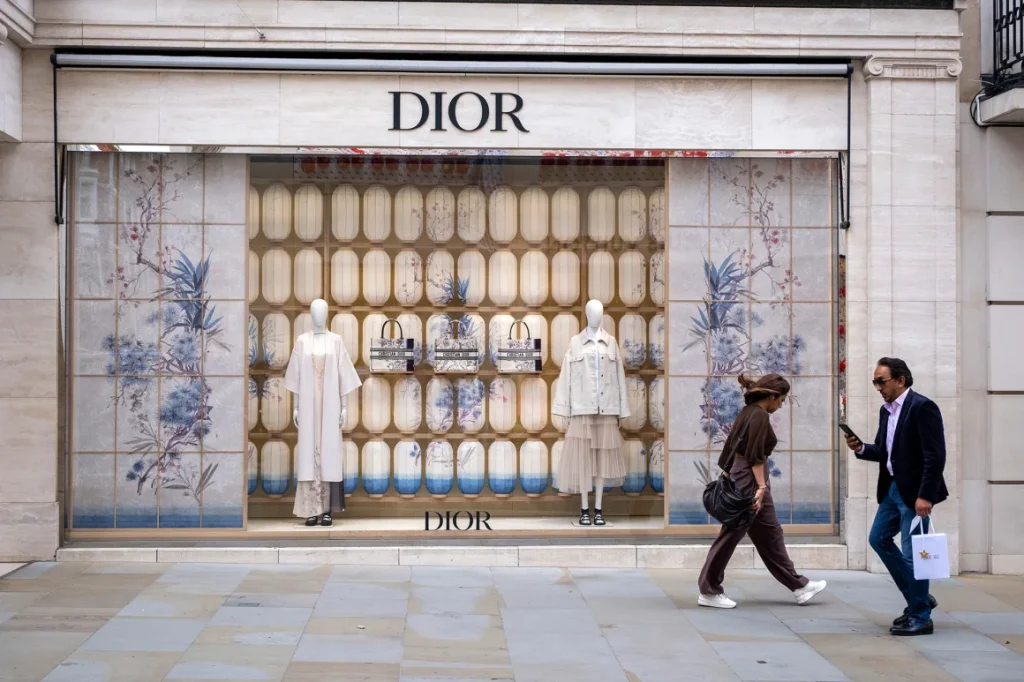
But those issues alone aren’t what prompted brands to assert their value in this way. Claudia D’Arpizio, senior partner and global head of fashion and luxury at consultancy firm Bain & Company, observed: “While recent controversies like labor scandals or price inflation may have accelerated scrutiny, this shift is less a reaction to individual episodes and more a response to a broader erosion in trust and perceived value.”
“In a context where consumers are questioning what justifies premium prices, brands are going back to what made them meaningful in the first place: their savoir-faire, their narrative, and their cultural relevance,” she said.
Scrutiny on luxury supply chains heightened once more in April after US President Donald Trump announced stiff tariffs on China and social media erupted with videos of Chinese manufacturers claiming to expose where luxury goods come from. Many declared that they were the origin of the luxury goods that most of the world had been spending on, not Italy. Those videos garnered so much attention globally that, at best, people no longer knew what to believe, and at worst, believed the claims entirely.
The incident demonstrated how easy it was to sway public opinion, observed Audrey Dahmen, brand strategy and marketing lead for TwentyFirstCenturyBrand, a global brand consultancy with clients including Zalando, Everlane and Depop. “It’s especially damaging when something like that happens to luxury brands, because (you’re) spending a much higher price point than (you would with) other brands,” Dahmen added, over a call. “It’s part of the image, right? Your aspirational image is part of the justification for the price.”
